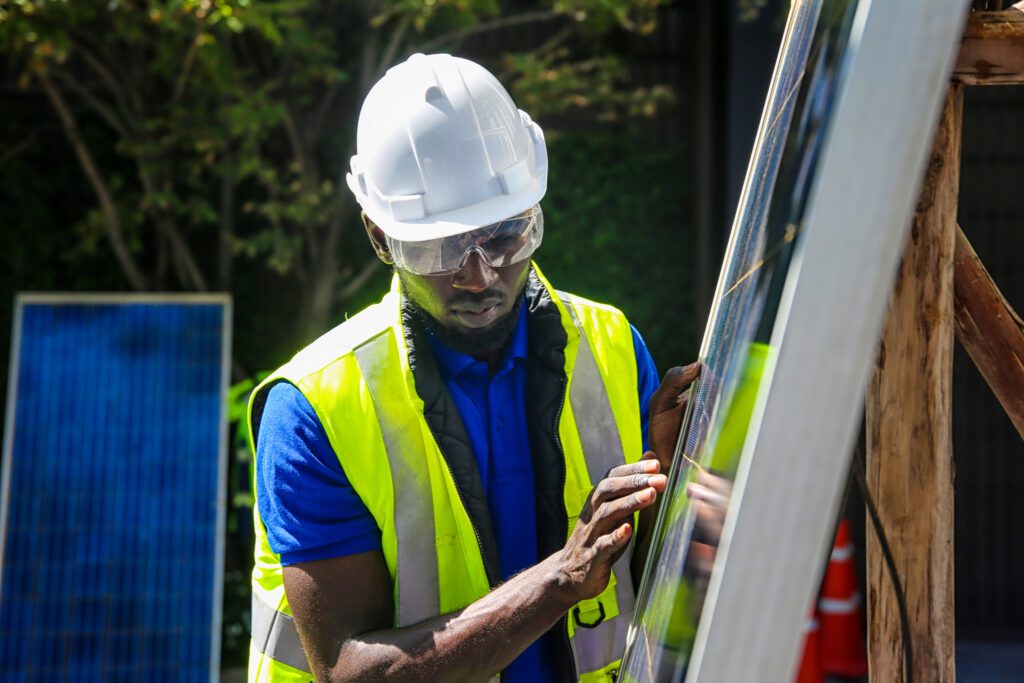Solar Energy: A Path to Empowering Remote Communities
Solar energy is not just about reducing carbon footprints or cutting energy bills; it has the potential to transform lives, particularly in remote and underserved communities. For many isolated regions around the world, access to reliable electricity is a daily challenge. Solar power offers a viable solution, bringing light, education, healthcare, and economic opportunities to these areas. In this blog, we will explore how solar energy is empowering remote communities and the various innovative ways it is being implemented.
The Challenge of Energy Access
Globally, nearly 800 million people still lack access to electricity, with many of them living in remote or rural areas. Traditional grid extension is often impractical and costly due to challenging terrains and sparse populations. This lack of electricity limits access to essential services, hindering education, healthcare, and economic development.
Solar Energy Solutions
Solar energy provides a decentralized and scalable solution to the energy access problem. Here are some key ways solar power is being used to empower remote communities:
- Solar Home Systems (SHS): SHS are standalone solar installations that provide electricity to individual homes. These systems typically include solar panels, batteries, LED lights, and small appliances like radios or fans. They are affordable and can be installed quickly, providing immediate relief from energy poverty.
- Microgrids: Solar-powered microgrids are small, localized power networks that can serve a cluster of homes, schools, clinics, or businesses. These microgrids are particularly effective in remote areas where extending the national grid is not feasible. They provide reliable electricity and can be managed by local communities, fostering ownership and sustainability.
- Solar Water Pumps: Access to clean water is a significant issue in many remote areas. Solar water pumps provide a sustainable solution by using solar energy to draw water from wells or other sources. This technology reduces the labor-intensive task of water collection and ensures a consistent water supply for drinking, irrigation, and livestock.
- Solar-Powered Schools: Education is a key driver of development. Solar energy can power schools in remote areas, enabling lighting for evening classes, powering computers, and providing access to online educational resources. This enhances learning opportunities and helps bridge the educational gap between urban and rural areas.
- Solar Health Clinics: Access to healthcare is critical, yet often lacking in remote regions. Solar power can ensure that health clinics have reliable electricity to power essential medical equipment, refrigerate vaccines, and provide lighting for nighttime emergencies. This significantly improves the quality of healthcare services available to these communities.
Impact on Quality of Life
The impact of solar energy on remote communities is profound and multifaceted:
- Improved Education: With electricity, students can study after dark, and schools can access digital learning tools. This leads to better educational outcomes and opens up new opportunities for future generations.
- Enhanced Healthcare: Reliable power for clinics means better healthcare services, timely treatments, and the ability to manage medical emergencies more effectively.
- Economic Opportunities: Access to electricity enables small businesses to operate more efficiently and opens up new avenues for income generation, such as running shops, charging stations, or small manufacturing units.
- Social Benefits: Solar power enhances social interactions and community cohesion. Lighting allows for social gatherings and cultural activities in the evenings, improving the overall quality of life.
- Environmental Sustainability: Solar energy reduces the reliance on harmful fuels like kerosene, which are commonly used for lighting in off-grid areas. This not only improves air quality but also reduces the risk of fires and respiratory illnesses.
Innovative Projects and Success Stories
Several projects around the world demonstrate the transformative power of solar energy in remote communities:
- Solar Sister (Africa): Solar Sister empowers women in rural Africa by training and supporting them to become solar entrepreneurs. These women sell solar products, bringing clean energy to their communities and earning a livelihood in the process.
- Barefoot College (India): Barefoot College trains women, often grandmothers, from rural communities to become solar engineers. These women install and maintain solar systems in their villages, providing sustainable energy and improving community resilience.
- OffGridBox (Various Countries): OffGridBox provides a modular, solar-powered system that delivers clean water and electricity to remote communities. The compact units are easy to transport and set up, making them ideal for challenging environments.
Conclusion
Solar energy is more than just a technology; it is a powerful tool for social and economic development. By bringing clean, reliable electricity to remote communities, solar power is transforming lives and fostering sustainable growth. The success stories from around the world highlight the immense potential of solar energy to create a brighter, more equitable future for all. As we continue to innovate and invest in solar solutions, we move closer to a world where everyone has access to the energy they need to thrive.

